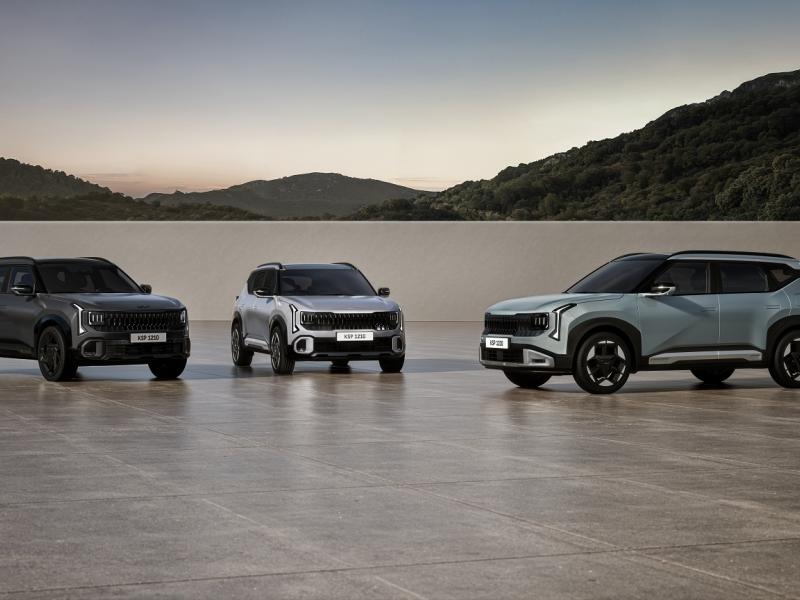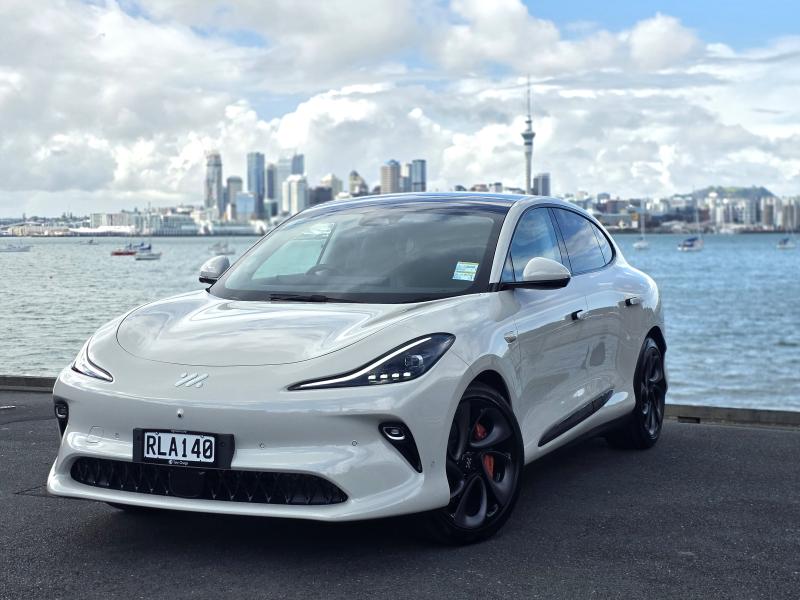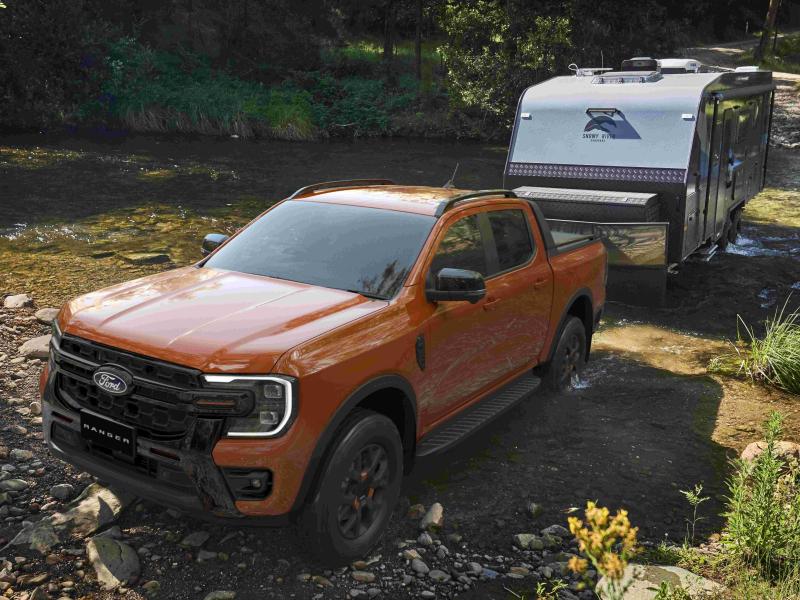The new look and new spec level for the S-Cross heralds a new hero for Suzuki and at the same time, will appeal to a wider and younger customer base. Suzuki has had a quiet couple of years in terms of its new releases or upgrades, but that does not mean the brand has been standing around counting its dealerships.
2021 saw Suzuki New Zealand blow its previous best year result – 6671 units in 2017 – into the giggly bushes with unit sales figures up at 7436.
Considering that year’s stock supply constraints, Covid, factory fires in Japan (not Suzuki!) and shipping issues, this was quite a clever trick.
Presently, Suzuki New Zealand is leading the light car and compact SUV market, sitting just under 18 per cent market share and well clear of its two nearest rivals. The brand is on target to move 7900 units this year
Suzuki’s number one seller, the Swift, has proven to be the brand’s most resilient model, bouncing back in April, despite restricted supply of the hybrids.
Swift is going to see a comprehensive upgrade shortly, as the Ltd hybrid model is dropped from the range in favour of an RS hybrid with significantly improved specification.
Jimny (number two seller) will continue with rumours of a stretched version and a hybrid model already being mentioned in dispatches and Vitara (number 3, due to supply constraints) is slowly coming back to where it should be as Suzuki’s second-best seller.
In other news, Suzuki’s fourth most popular seller, the Baleno, has come to the end of the road.
Baleno is no longer available due to its non-compliance in Japan, the US, Europe or Australia any one of which would allow it into New Zealand.
As to the Ignis – this is a consistent seller, which should remain so as supply frees up for this model.
And that brings us to the new S-Cross, a model which owes its existence to the Vitara, the vehicle Suzuki says established the compact SUV segment when it launched in 1988, spawning the street-savvy SX4 SUV-atch with AWD in 2014.
The S-Cross, which offered increased luggage space – comparable with that of a wagon – and better fuel economy than the SX4, first arrived in 2014 and from the onset, was moving 800 units a year and that was before it adopted the Vitara’s 1.4 Boosterjet turbocharged engine in 2017.
For all the original S-Cross made sense and earned a loyal following, its styling proved to be its Achilles Heel.
The ‘sophistication’ of a chromed wide mouth, ease of access to the cabin and spacious internals appealed to an older buyer market, which was never really the intention, given the Vitara roots the S-Cross grew from.
Suzuki has reimagined the S-Cross for 2022 and the company could have gone one of two ways; angling more towards the small to medium hatch (a segment Suzuki has not played in before) or take the safer route and head deeper into Compact SUV territory.
So, for 2022, Suzuki has taken a more active design approach, with the S-Cross being slightly larger than the Vitara but looking very much like the close cousin it is, much more so than before.
Well, it does from the front and side. From the rear however, the S-Cross looks considerably more upmarket and decidedly more wagon-ish (a good thing!) than any other SUV in segment.
Suzuki can take a bow; the rear of the S-Cross is both sophisticated and seductive at the same time.
Subjective, yes – but since you are reading this magazine, you obviously value my opinion, so feel free to appreciate a good-looking rear end… on the car! What did you think I was talking about?
Suzuki took the unusual step of identifying its target market at launch. S-Cross – according to Suzuki – has traditionally enjoyed a crossover buyer demographic with owners leaning slightly towards females especially in the entry level LTD 2WD.
Across all models, there was nearly a 60:40 female bias; similar to Vitara.
Within Vitara figures, AWD owners are split evenly between genders with a 50/50 split, while S-Cross is around 45 percent male to 55 percent female.
Where S-Cross and Vitara do differ is the age breakdown. Over a quarter of Vitara owners are in the under-30 age bracket compared to 13 percent for S-Cross.
They are similar in the 40-59 bracket, but looking at 60+, the numbers increase for S-Cross.
With updates to styling, Suzuki expects the 2022 model S-Cross to appeal to younger age groups.
Suzuki is launching three models, each taking the 1.4 turbocharged Boosterjet engine mated to a six-speed automatic transmission for the 2WD JX Turbo, 2WD JLX Turbo and the AWD JLX Turbo, which differentiates itself with Suzuki’s AllGrip AWD.
AllGrip AWD enables four selectable driving modes via a simple push-and-turn dial.
Auto prioritises fuel economy in typical driving conditions, engaging AWD if it detects wheelspin. Sport alters throttle response rates and torque characteristics for even better engine response.
Snow optimises for snowy, unpaved and other slippery conditions such as gravel roads,
Lock allows extrication from snow, mud or sand, distributing torque to all four wheels.
The S-Cross takes on possibly the most comprehensive safety suite of any Suzuki to date: seven airbags including knee airbag, dual sensor brake support, lane departure warning, weaving alert, adaptive cruise control, blind spot monitoring, and rear cross traffic alert are the big advances.
While both models feature a reversing camera as standard, the JLX Turbo adds a 360-degree view camera on the nine-inch screen, which along with Bluetooth, voice recognition, Android Auto and wireless Apple CarPlay, allows for integrated turn-by-turn satellite navigation.
Pricing sees the Clean Car Discount neutral S-Cross range start with the JX Turbo 2WD auto being priced at $35,990 plus on road costs.
The JLX 2WD auto will be $38,990 while the top of the range JLX Turbo AWD auto will be $40,990 plus on roads.







